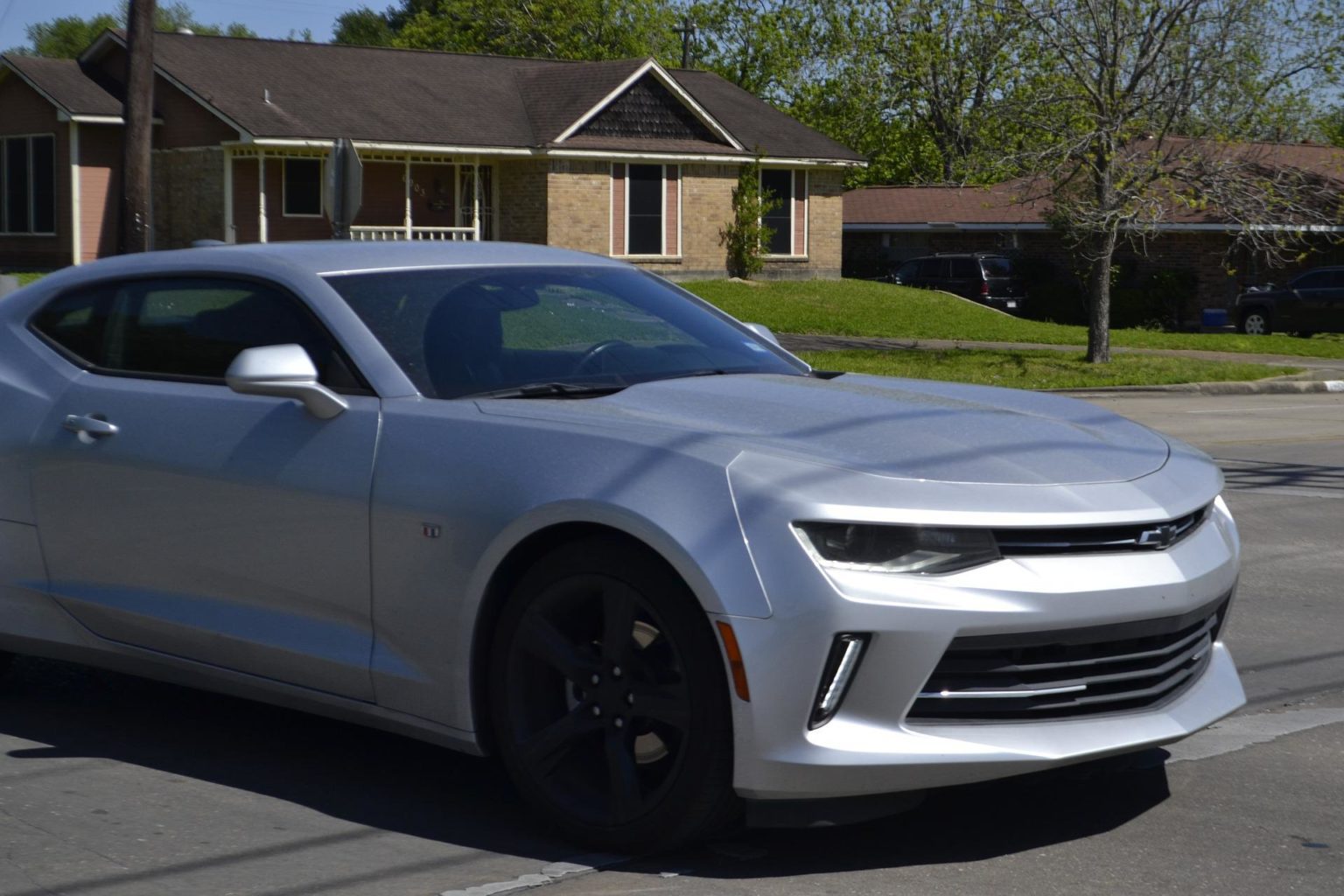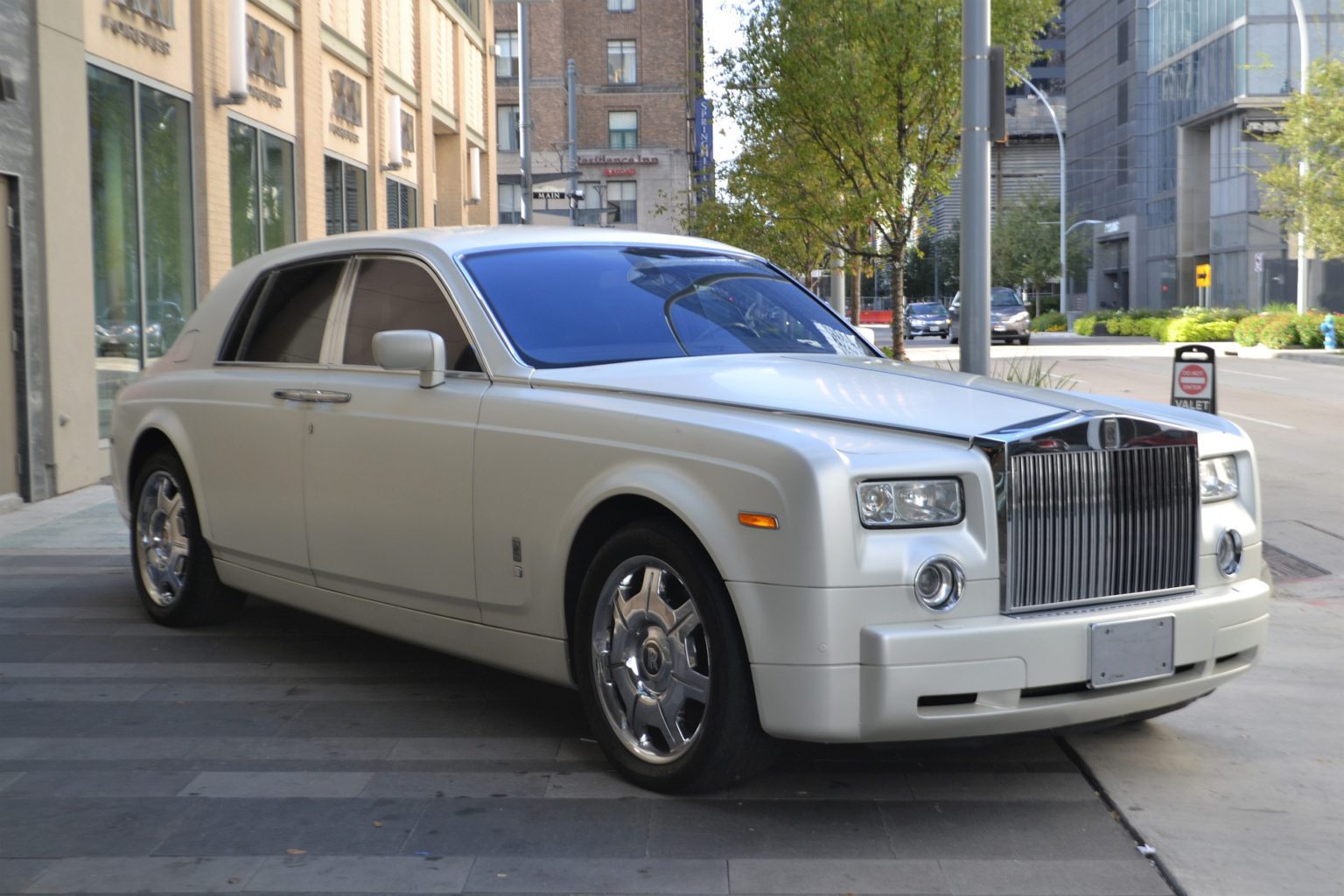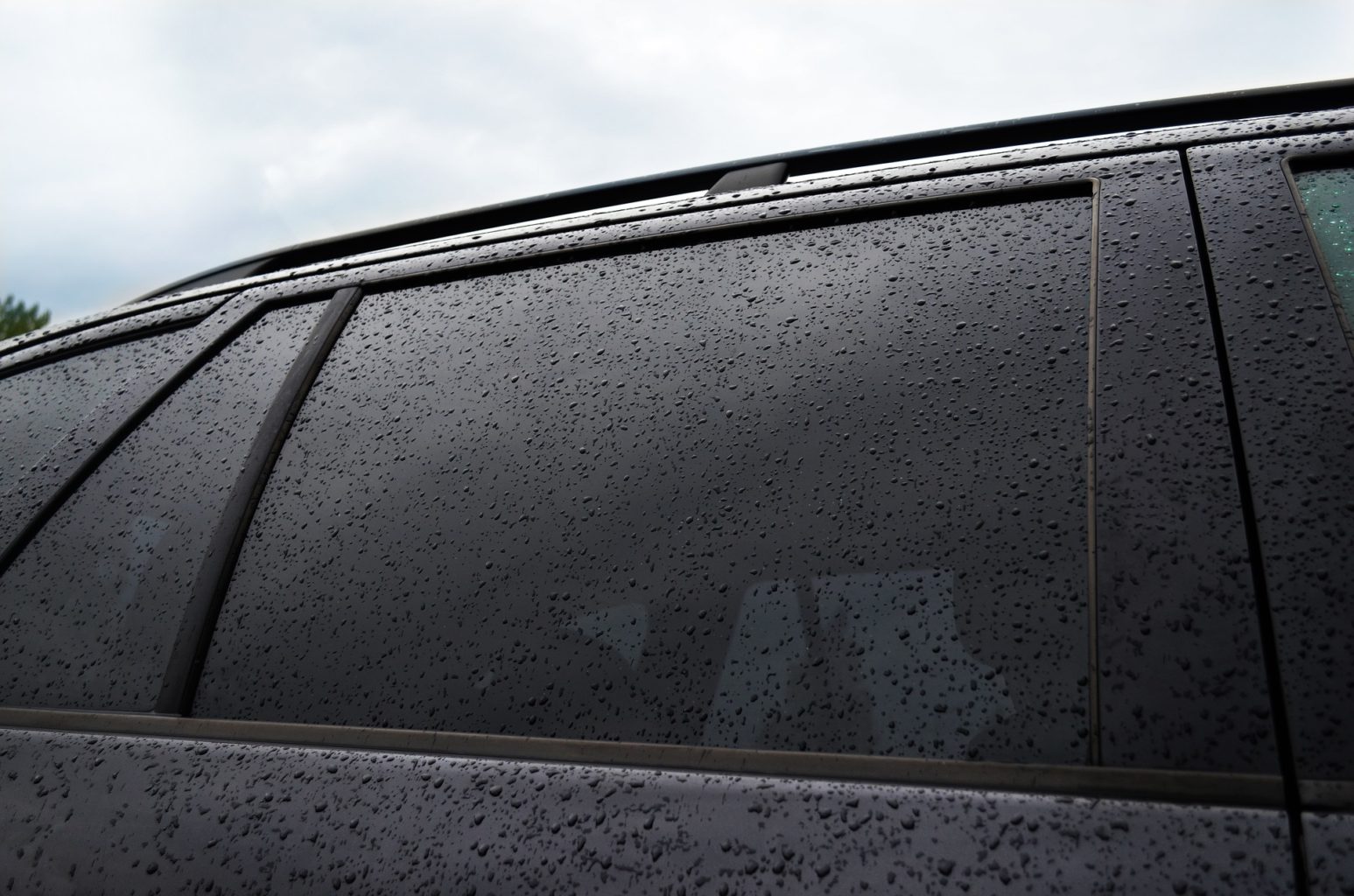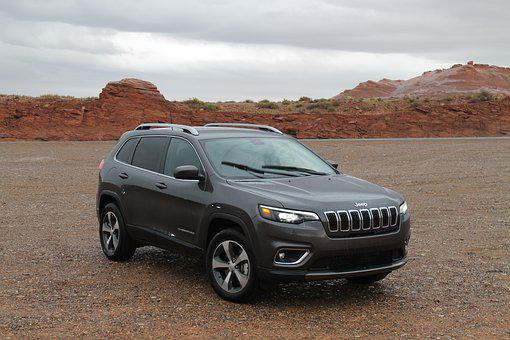
Las Vegas Tint Laws
Highlighted in this post is the critical information you need to learn about Las Vegas tint laws, as well as answers to some of your queries regarding them.
Window tinting regulations vary from state to state, which is why it’s critical to familiarize yourself with the most up-to-date regulations in each state.
Heavy fines and uncomfortable interactions with law enforcement officers might happen if these regulations are not followed in the letter.
Let’s get this started!
What Is Window Tinting For Cars?
Safety glass that has been coated or processed to give some window tinting is standard in most current cars, helping to keep dangerous ultraviolet radiation out of the vehicle.
It is a way of putting a thin coating to the inside surface of a vehicle’s windows known as aftermarket window tinting.
Sunscreen and headlight glare is reduced as a result of the use of this material, which is designed to darken a car’s windows and prevent UV light.
It is possible to get car window tint film in several different materials and colors. Visible Light Transmission (VLT) is a standard performance assessment for auto window tinting.
When it comes to light transmission, a deeper shade of automobile tinting is preferable.
In addition to influencing how much light enters the vehicle, tinting also has an impact on glare reduction and the ability of drivers to see clearly.
With car window tinting, you can improve visibility while also adding a fashionable touch to your ride.

People who like tinted windows claim that the darkening glass helps to delay the fading of interior surfaces caused by direct sunlight.
According to the manufacturer, window tinting helps to keep the temperature inside a vehicle cooler.
In addition to providing an extra layer of privacy and protection, tinted car windows do so by making it much harder to see inside the vehicle.
It may be necessary for a car owner to tint the windows of his or her vehicle due to medical reasons.
State Tinting Laws
State laws govern the amount of darkness that can be achieved through auto glass tinting.
Window tint restrictions are enacted to ensure that drivers can see other vehicles more clearly while driving and that law enforcement authorities can see a car more easily when approaching it.
To figure out how much to tint windows, you must first consult your state’s department of motor vehicles to learn about the applicable restrictions, such as the legal light transmission levels.
Once you’ve determined the permissible amounts, you can determine the most suitable window tint film for your vehicle.
State regulations limit the amount of tint that can be applied to each window of a passenger car.
All states have laws prohibiting the application of tint to the front windshields.
Is It Legal To Have Tinted Windows And Glass In Nevada?
Currently in effect in Nevada, the state’s existing regulations governing automobile window tinting were enacted in 1993 to enhance the safety of drivers on the road, particularly at night and on foggy days.
In Nevada, you have the option of tinting your car’s windows, which includes the windshield.
Some statutes, on the other hand, provide specific guidance on the necessary Visual Light Transmission (VLT percent) percentage for each vehicle type.
To be permitted to install the non-reflective tinting on the windshield, it must be installed above the AS-1 line prescribed by the car manufacturer.
The light should be capable of traveling through the tint permitted on the front side windows by more than 35%.
Because there are no constraints on how dark the tint should be on the rear and backside windows, you are free to choose whatever tint darkness of your choice for these windows.
The use of amber and red tint colors on any vehicle, under any circumstances, is prohibited by law.
In Nevada, What Is The Darkest Legal Tint You Can Get?
The darkest tint permitted is 35 percent, which means the tint must allow more light into the vehicle than this amount.
This restriction is only applicable to the windows on the front side of the building.

Glasses must be non-reflective, as well as the tinted region must be located above the AS-1 line given by the manufacturer, according to the manufacturer’s specifications.
In most cases, this line is about 8 inches from where the top of the windshield meets the ground.
Is It Against The Law To Use 20 Tint In Nevada?
Only medical exemptions are permitted for tints up to a maximum of 20 percent.
Certain medical circumstances may qualify you for such an exemption, but you must apply for it first.
In this article, we’ll go over the process of obtaining a medical exemption in further detail.
Las Vegas Tint Laws: Window Tint Darkness
The window tinting laws in Nevada are crystal clear when it comes to what is required in terms of tint darkness.
It is stated as a percent of the Visible Light Transmitted through the tint film and glass, and it is measured in lux.
It is represented as VLT percent.
In the case of a passenger vehicle,
- Glass — Non-reflective tinting is permitted, however, it must not extend beyond the AS-1 line of the windshield.
- Front Side Windows – A tint of 35 percent is permissible on the passenger side windows to allow more light to pass through the car.
- There are no constraints on the amount of darkness that can be achieved on the backside windows. You have the option of applying a tint at any amount of darkness you like.
- In terms of how dark the tint on the rear window should be, there are no restrictions. You have the option of applying a tint at any amount of darkness you like.
- Vehicles such as hardtops, sedans, convertibles, coupes, station wagons, and hatchbacks are examples of passenger vehicles.
In the case of MPV (Multi-Purpose Vehicle),
- Glass — Non-reflective tinting is permitted, however, it must not extend beyond the AS-1 line of the windshield.
- Front Side Windows – A tint of 35 percent is permissible on the passenger side windows to allow more light to pass through the car.
- Windows on the backside are not restricted in terms of how dark the tint on the back side windows should be. You have the option of applying a tint at any amount of darkness you like.
- In terms of how dark the tint on the rear window should be, there are no restrictions. You have the option of applying a tint at any amount of darkness you like.
- Vans, SUVs, minibusses, pickups, and recreational vehicles are all examples of multi-purpose vehicles.
Las Vegas Tint Laws: Window Tint Reflection
The tinting film is made up of some metallic elements that reflect visible light as well as the heat produced as the light passes through the glass medium and into the room.
In the case of a passenger vehicle,
- Front and side windows – The tinting rules of Nevada do not place any restrictions on the reflectance of the tint film used on these windows.
- Backside Windows — There are no limitations on tint film reflectivity in Nevada tinting rules, which means that you can tint your backside windows to your heart’s content.
In the case of MPV (Multi-Purpose Vehicle),
- Front and side windows – The tinting rules of Nevada do not place any restrictions on the reflectance of the tint film used on these windows.
- Backside Windows — There are no limits on the reflectance of tint film in Nevada tinting rules when it comes to backside windows.
Is It Possible To Obtain A Medical Exemption In Nevada For Window Tint?
If a medical condition necessitates the use of a darker tint, medical exemptions can be granted about window tinting.
A 50 percent tint on the windshield is possible in some situations, while a 20 percent tint on the side windows and a 5 percent tint on the back side windows are also possible in some cases.
Medical exemptions are permitted in Nevada as long as they are recommended by a physician as a necessary part of managing your health condition.
In most cases, medical exemptions lapse after four years, after which time you can apply for a renewal if the exemption is still required.
The State of Nevada will ask you to complete an application form in which your personal information, vehicle information, and contact information are captured in Section 1.
The second section must be completed by a physician who is registered and licensed in the state of Nevada.
It is necessary to have a diagnosis that explains the illness as well as the suggested VLT percent.
The physician will state whether the ailment is permanent or transitory to decide the length of time the license will be in effect.
The application is reviewed by the department of public safety, which determines whether or not it fits all of the standards.
It would be nice if you could remember to keep it with you at all times when you’re driving to avoid unpleasant interactions with the highway patrol.
It’s also important to know that if you sell the vehicle that was applied for window tint medical exemption, the exemption will not be transferred to the new owner.
It will be necessary for you to report it for the proper modifications to be made.
Car Window Tint Benefits
Tinting your car windows has a purpose more than purely aesthetic considerations.
It also provides numerous additional advantages for your comfort and safety, as well as for preserving the condition and life of your car.
Here are some more advantages of tinting your vehicle’s windshield:
- Minimize fading: Sunlight can penetrate your upholstery through your car’s windows, causing it to fade over time. Car window tint keeps this from happening. When it comes to vehicles with decorative components and black interior upholstery, this is particularly true.
- Helps protect your skin: Although you are driving, the sun’s rays can still cause substantial harm to your skin, which may result in lasting damage. Given the fact that tinted windows minimize exposure to UV radiation, you won’t be worried about being tanned on your early morning commute.
- Better Appearance: In addition to giving your automobile an exquisite, streamlined appearance, a professional, well-done tint can also provide you with an aura of mystery as you are driving about town.
- Reduces heat: In addition to protecting you and your vehicle’s interior from the damaging effects of ultraviolet radiation, window tint helps to keep some of the heat from entering your vehicle. If you reside in a region where there is a lot of direct sunshine, or if your vehicle has a dark interior, this can help to keep your vehicle from being too hot throughout the day.
- Safety: In the case of an accident, window tint can assist in keeping your car’s glass intact and preventing it from shattering completely. This will assist you in avoiding injuries caused by small pieces of broken glass.
- Security and privacy: Depending on the level of tint you choose and the rules in your area, dark-tinted windows make it increasingly challenging for people who pass by to see into your vehicle and be nosy about what’s going on inside it.
Types Of Window Tint
There are many different varieties of window tint available, each with its own set of advantages.
If you’re considering getting window tint, it’s crucial to understand the many available varieties of tint.
- Infrared film: While this form of window tint blocks UV radiation and heat, it does so with the greatest degree of visibility possible. With this film, you won’t have to worry about complying with the legislation governing the amounts of window tint in your state. Aside from that, these tints are made to last for years without fading, peeling, or cracking.
- Metallic film: This form of window tint not only provides excellent protection against UV rays and heat but also has a dark, sleek appearance that gives your automobile a contemporary edge. Unfortunately, the metallic tint has been shown to interfere with GPS signals and a cell phone, so it may not be a smart choice if you frequently use the apps on your phone.
- Although carbon tint has similar UV and heat-blocking properties to metallic tint, it has been specifically engineered to be metal-free to allow GPS and cell phone signals to pass through.
Frequently Asked Questions
How Much Does It Cost To Tint Windows?
Select the level of window tint that meets the requirements of your state’s Department of Motor Vehicles.
Some states restrict the use of any aftermarket tinting on specific types of automobile windows.
The degree of tint allowed on the rear-seat windows varies from state to state.
Reputable tint shops will be familiar with and adhere to the legislation of their respective states.
Can You Tell Me How Long It Takes To Tint Windows?
According to the number of windows in the vehicle, professional car window tint installation takes around 2 hours for a sedan and more for an SUV or minivan.
DIY window tint installation will take at least 30 minutes for each window, if not more.
What Is The Best Way To Remove Window Tint?
To break a corner edge of the tint film, gently use a razor blade to free it.
Heat the tint film adhesive with a heat gun until it loosens, then gently take the film away from the window.
Scrape away any extra adhesive using a razor blade and then clean the window with glass cleaner to finish it up.
Conclusion
In Nevada, the laws governing automobile window tinting are sufficiently lenient that you can enjoy tinting your vehicle with the shade of your choice.
Except for red and amber, you can use any color of tint you want.
If you find these tinting regulations to be complicated at any point, take the time to learn about them and employ tinting services from experts who are competent and knowledgeable about the laws so that they can accomplish everything by them.
Similar Articles:
How Many Spark Plugs Does A Diesel Have?
Should You Be Reporting A Car Stolen When Borrowed?

